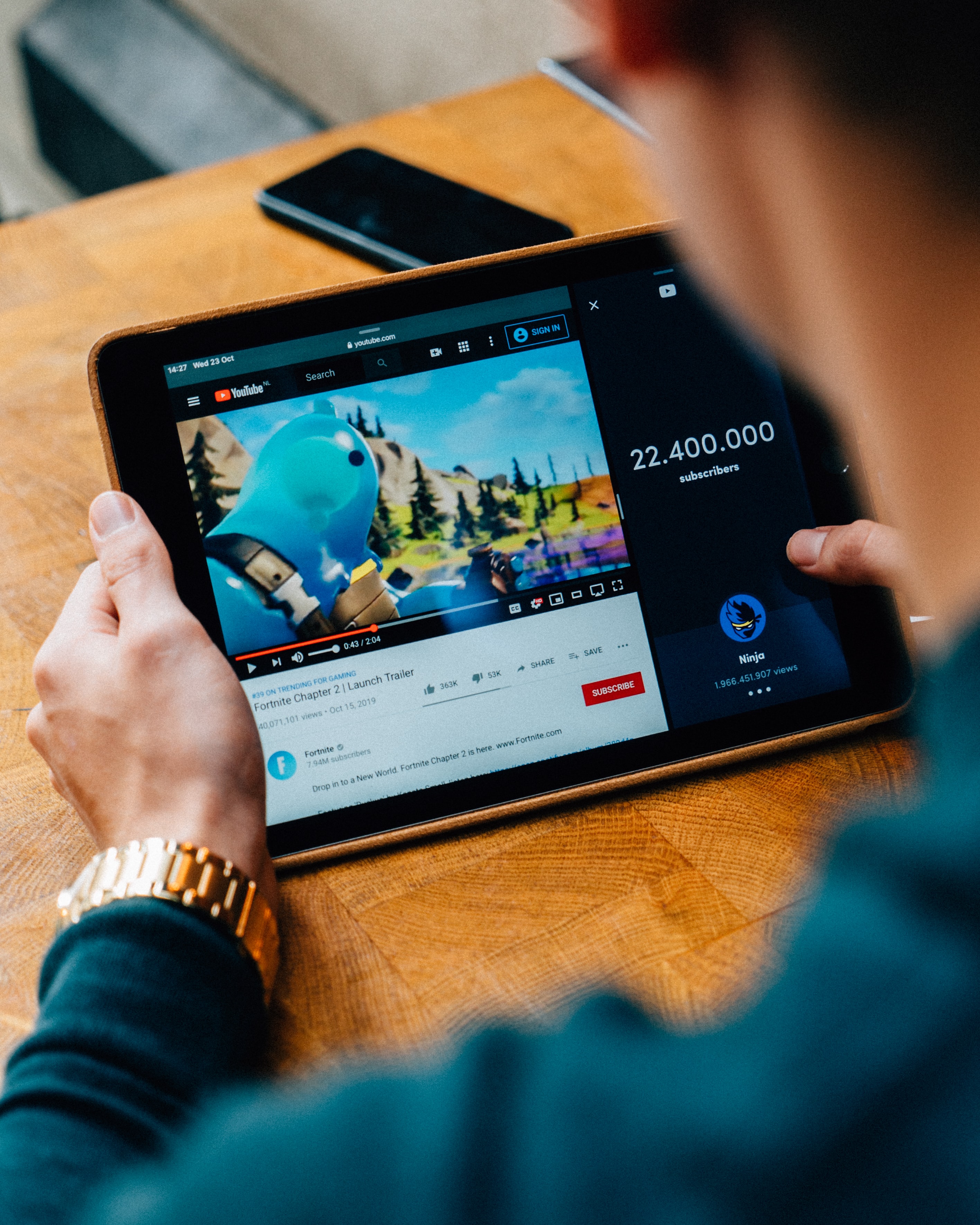
What does YouTube SEO mean?
Before diving into the specifics of YouTube SEO, it’s essential to comprehend what SEO is. Search Engine Optimization (SEO) is a collection of techniques to enhance the visibility of a website in search results.
When it comes to search engine optimization (SEO), it involves all aspects of programming, design, content generation, and relationships with other websites. Of course, the goal of SEO is to have your site appear towards the top of Google’s results. After all, this online behemoth accounts for more than 90% of worldwide searches. Search engines such as Bing, Yahoo!, and Baidu have the balance of that market share.

When it was founded, Google’s goal was to make information “accessible and helpful to everyone, everywhere.” In other words, the search engine’s goal in scanning, indexing, and ranking web content is to provide users with the most relevant results possible. As a result, Google has created an algorithm that can recognize pages that provide a positive user experience. It also removes people who engage in spamming, plagiarism, or other unethical behavior from the results list.
Now that we’ve established that, it’s time to examine what constitutes YouTube SEO. Numerous sites on the internet have their search engines. Searching for information online, for example, usually yields results from a built-in search engine. There is even an integrated search engine on social media sites. This also occurs on YouTube, which has its search function to make it easy for users to find the accounts and videos they’re interested in. According to this 2017 study, YouTube is more popular than Yahoo! and Bing in internet searchers’ interest.
Start By Doing Some Keyword Research
The importance of keywords in YouTube and Google SEO cannot be overstated. The platform uses them to identify the video’s subject, index the content, and link it to users’ searches for information. Once the video is uploaded to YouTube, it needs to include these keywords in several categories, such as the title, the tags, and the description, for YouTube to use this information to rank the video. Identifying the keywords that best describe your videos and have the most significant potential for bringing in new subscribers is therefore essential.
Now that we’ve covered the basics of keyword research let’s look at some specifics for YouTube SEO. Those will be used to fill in the sections after you capture videos and provide ideas for new content. First, you may utilize YouTube’s search bar autocomplete to find what you’re looking for.
Search for “digital marketing.”
It’s there to make it easier for people to find things on the network by showing them the most frequently searched terms. Creating new relevant keywords that are in great demand on the site and boosting the watching potential of your films is another benefit for artists. Benchmarking is an additional phase in the keyword research process. Yes, even your rivals can assist you!
Go to the channels that are considered experts in your field. Because of their large following, they are likely to be using effective YouTube SEO techniques and employing practical keyword usage. Check out their most popular videos to see what words and phrases they use frequently.

Select keywords with a high likelihood of being found
Thanks to the advice above, you’ve already got an excellent list of keywords. So, how do you select the most amazing clips for your video? The obvious answer is, “I’ll pick the words people look for!” Specific phrases tend to draw in a larger audience than others. The problem is that they are up against more formidable foes, like well-known businesses and social media influencers. So, if you’re running a small business, long-tail keywords are usually your best bet.
However, they don’t have much competition in terms of traffic. As a result, it’s easier to rise to the top. It’s also common for them to have bottom-funnel searches, which means they’re closer to a sale. When it comes to long-tail keywords, how do you know what they are? They’re more specific and typically three words or longer.
For example, “Content Marketing” is a top-funnel term. It gets a lot of traffic, but the competition for first place is fierce. The term “Instagram content marketing” already eliminates competitors so that you can focus your search there. As a result, your video has a better chance of being found if you use the term “content marketing Instagram Stories.” In any case, it is critical to choose keywords that are relevant to the video content. Let’s say that when people look for “content marketing Instagram stories,” you want them to see a video on interior design ideas instead.
It’s a failure. Why is this so? If you don’t keep the viewer engaged, they’ll quickly exit your video. This has a detrimental impact on your YouTube video engagement and, as a result, your overall rating on YouTube. A self-inflicted wound, at best.
Title your video well
If you’ve done your homework and done it well, you should already have a substantial list of keywords at your disposal. What are your plans for them now? The title is one of the places where the keyword should occur. For YouTube to properly index and rank the material, this is a critical component to consider. Titles close to the user’s search parameters are more likely to show at the top of a search engine’s results page.
It was also found that videos’ positions in YouTube search results are linked to various ranking criteria, according to Briggsby’s research. It was discovered that when it comes to video titles, the most popular search terms tend to be identical matches to those in the video’s title. Research has revealed that lengthier titles generally perform poorly, as the top places are more unbiased: the top 20 players, on average, have 47-48 words in the title—the limit is 100 characters.

